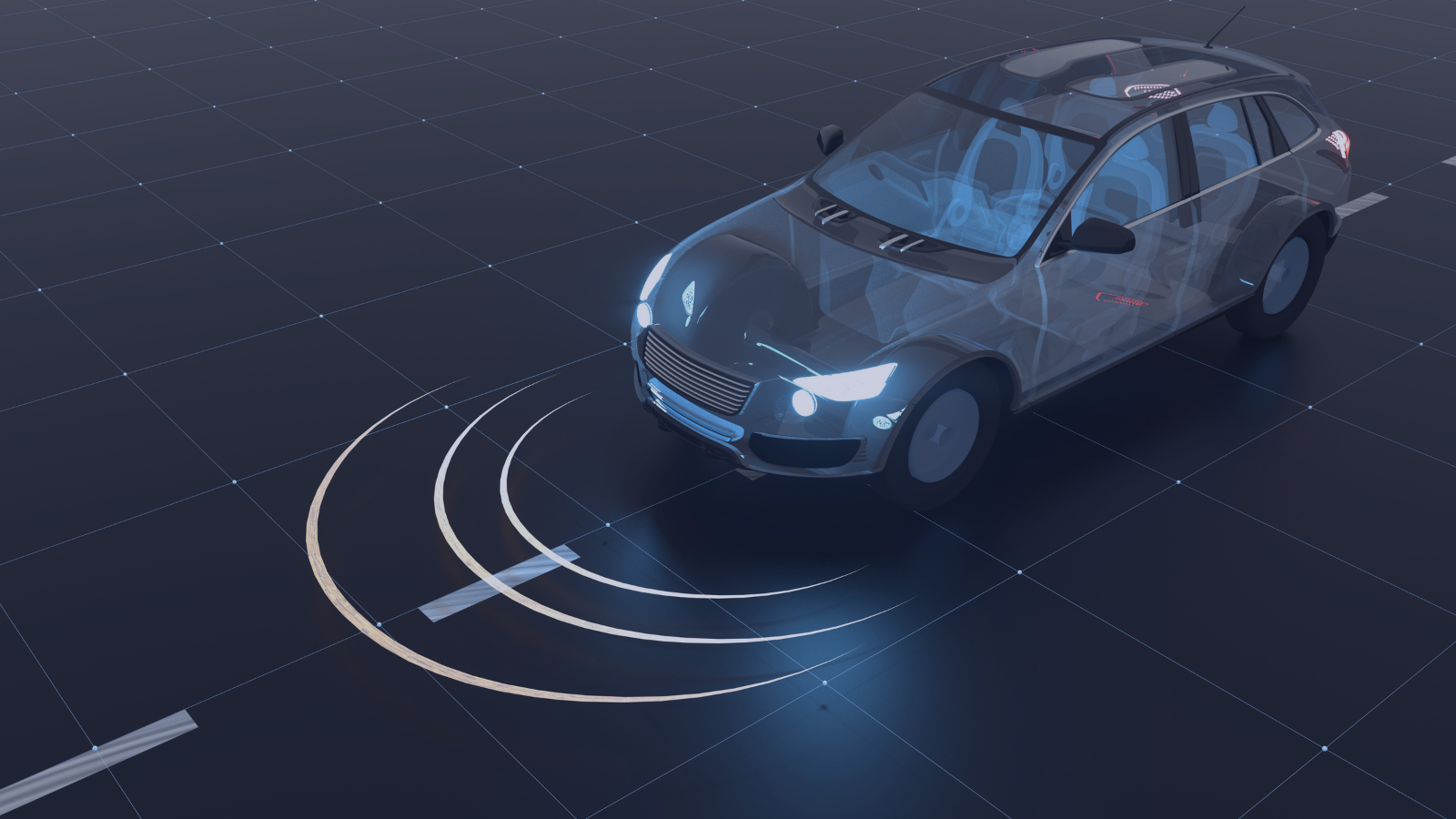Self-driving cars may be our future, but for now, human drivers do some important things better.
Like seeing what’s not clearly visible. An experienced human driver can extrapolate the location of lane markers, medians, and stop bars — even when the markers are faded, covered by snow, or obscured by fog or sun glare. Most of us do this without knowing we’re doing it.
Computer-drivers aren’t good at extrapolating. They look for absolutes. If you’ve tried an autonomous car, you may have felt the engine hesitating as the computer-driver interpreted unclear road markings. You can almost feel the car thinking for a few seconds before it figures out what to do and does it.
Researchers are trying to help. Engineers at the U.S. Department of Energy’s Oak Ridge National Laboratory have teamed up with Western Michigan University to develop a new kind of micro transmitter — one that can be embedded inside pavement markers.
From inside the pavement markers, these transmitters communicate with self-driving cars as they travel along the roadway above. With data from these transmitters worked into their navigational equations, computer-drivers can ”see“ pavement markers even when they’re not visible on the car’s cameras — much like a skilled human driver can.
The engineers who developed this technology tested it and reported their findings in a technical paper. According to their data, embedded chips in pavement markers reduced the processing power computer-drivers assigned for navigation. In some driving conditions, the micro transmitters reduced processing power by 90 percent.
In human terms, this means the computer-drivers didn’t have to turn down the radio and tell everyone else in the car to be quiet so they could better focus on the road.
We’re intrigued by this new technology. It exists at the intersection of safety, quality work, and innovation — qualities we focus on every day. Our InfraStripe family of companies already excels at creating clear and easy-to-understand pavement markers. Our work already makes roads safer for human drivers and computer drivers alike.
Innovations like embedding microchips in pavement markers adds another layer of safety as more autonomous cars merge onto our nation’s roadways. We’ll be paying close attention to these kinds of innovations as we embrace the safety needs of tomorrow.
